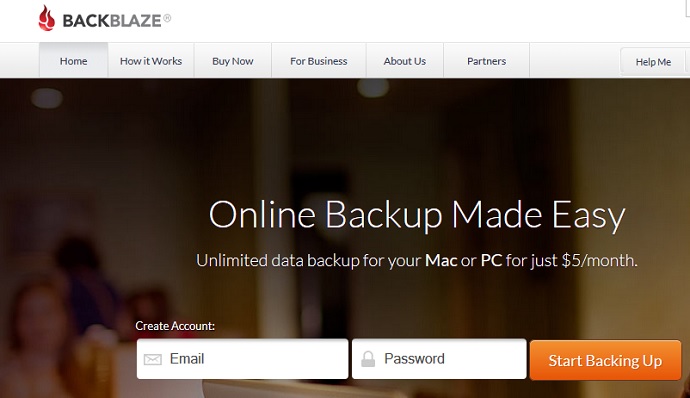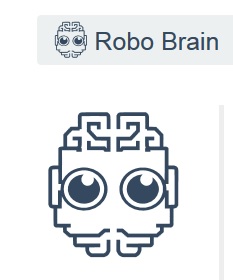If you are a user of the Backblaze Online backup service, it just got a whole lot more useful with the launch of their companion Android app.
The Silicon Valley startup launched its Online backup service back in Sept 2008 for Windows users, & followed up with a version of the tool for Mac users.
It’s a simple concept – you create a Backblaze account, subscribe to their US $5/month service (free 15-day trial) & download & install the client on your desktop or laptop. The tool goes to work, & will discreetly & securely work in the background using encrypted transfers to backup up everything to their remote data centers.
This is the key difference between Backblaze & Cloud drives such as Google Drive & Dropbox, which only allow you to upload & save or sync specific files that you have to pick.
Backblaze, on the other hand, eats up all the data on your hard drive, & you can also make it backup external hard drives & USB drives at no extra cost. There is no limit to file size or network speed, & the backups won’t interfere with your usage since they are initiated automatically when your PC or Mac is idle.
The simplicity & effectiveness of the service has proven to be quite popular, & they now have customers in 175 countries who have backed up more than 100,000,000 GB of data to the Backblaze data centers.
The companion iOS app that lets you view, download & share files you have backed up with Backblaze was launched last year. Now Android users have the same convenience, & can easily search, view, download & share files they have backed up in their Backblaze account.
The app does have certain limitations, since you can only view files that are less than 30 MB. Also, you can’t back up data from your smartphone to the Backblaze account. Even so, it’s still a nifty backup app to have that lets you access all the data on your PC or Mac anywhere & at anytime, even if your computer is not connected or is shutdown.
Click here to download the free 15-day trial version of the Backblaze online backup service client.
Click here to download the Backblaze app on your Android device.
Click here to download the Blackblaze app on your iOS device.
Image Credit: Backblaze
Advertising Message


